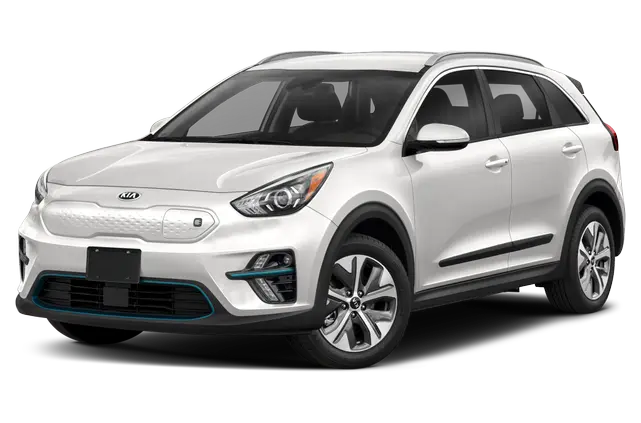The future of driving has become more evident than ever before. The first LiDAR-based augmented reality (AR) head-up display for cars has been created by researchers from the University of Cambridge in partnership with Oxford and University College London (UCL).
Unlike conventional HUDs, this new technology projects 3D holographic images of the road environment straight onto the windshield, providing drivers with real-time, up-close information about hidden hazards, nearby cars, and impending turns.
It’s clever. It’s engrossing. Additionally, it might revolutionize traffic safety.
A LiDAR-Based AR HUD: What Is It?
Let’s dissect it:
LiDAR (Light Detection and Ranging) scans the environment in three dimensions using laser pulses. It creates an incredibly accurate map of the surroundings of the car.
To ensure that you never have to take your eyes off the road, AR HUD (Augmented Reality Head-Up Display) projects that map onto the windshield, right into the driver’s field of vision.
Holographic images of objects such as cars turning a corner, pedestrians behind a parked car, or even the right turn to take at a confusing intersection are produced by the system. It’s similar to giving drivers superhuman awareness without requiring additional work or diverting attention.
How It Operates
This prototype system processes real-time LiDAR data to produce 3D spatial projections. The resulting display appears to be an integral part of the world beyond your windshield. If a cyclist is approaching from behind a van, for instance, the HUD might “highlight” that cyclist as if they were glowing—making them visible through the obstruction.
It’s more than just visual cues. The technology can display depth and motion, helping drivers understand not only what’s around them but also how fast it’s approaching and where it’s headed.
And it all happens in real time.
What Makes This Different from Existing HUDs?
Traditional head-up displays show basic information—speed, lane guidance, perhaps a warning light—but they’re mostly flat graphics, often projected onto a small section of the windshield. Many only operate well under ideal lighting conditions.
This new system is different in several big ways:
Full 3D projections (not just 2D overlays)
Real-time data sourced from LiDAR, not pre-mapped or estimated
Dynamic hazard detection, not just navigation info
“See-through” capabilities using sensor fusion to show hidden objects
Envision your car notifying you of a pedestrian about to emerge from behind a van—before they are visible to you. That’s the promise here.
Why It Is relevant for Drivers
This technology isn’t just about cool visuals—it’s about increased safety and situational awareness. Here’s what drivers could gain:
Better reaction time: The display shows hazards ahead of time.
Reduced distraction: Alerts don’t require drivers to glance down or sideways.
Improved navigation: The road displays directions directly, resembling arrows pointing to the next lane or exit ramp.
Reduced collisions: Unobstructed visibility of hidden or rapidly approaching hazards can significantly reduce accident risk.
These interfaces will help bridge the gap between machine data and human drivers as the world transitions to more automated and intelligent vehicles.
Who Else Is Developing AR HUDs?
The team led by Cambridge is not by itself. Valeo and other auto suppliers have been creating their own AR HUD systems. Their tech projects information over large areas of the windshield and adjusts dynamically to driving speed and visibility conditions.
Meanwhile, at CES 2025, BMW unveiled its new iDrive system that turns the entire windshield into an augmented reality display, showing navigation, infotainment, and hazard alerts across the glass.
What Cambridge’s research adds to the mix is a much deeper integration of real-time LiDAR mapping, potentially allowing for even more precise, adaptive overlays.
What’s Next?
Currently, the system is still in the research and development phase. The team is refining how to miniaturize the technology and make it cost-effective enough to integrate into production vehicles. They’re also working on the visual rendering so the projections remain crisp and readable in all lighting and weather conditions.
As this tech matures, expect to see it in next-gen vehicles—especially high-end or autonomous-capable models where safety and tech converge.
Final Thoughts
A LiDAR-based augmented reality head-up display might sound like science fiction, but it’s real—and it’s getting closer to hitting the road. By turning sensor data into intuitive, visual insights projected right where you’re already looking, this tech has the potential to reduce accidents, improve navigation, and make driving smarter and safer for everyone.
Whether you’re an EV enthusiast, a safety-first shopper, or just someone who loves cutting-edge car tech, keep your eyes on this one.
And thanks to LiDAR, you might not even need to move your eyes at all.






